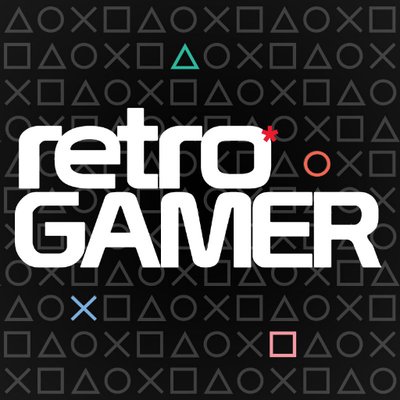10 Best Spectrum 128k games
The all-time best Spectrum 128k games as picked by the Retro Gamer team
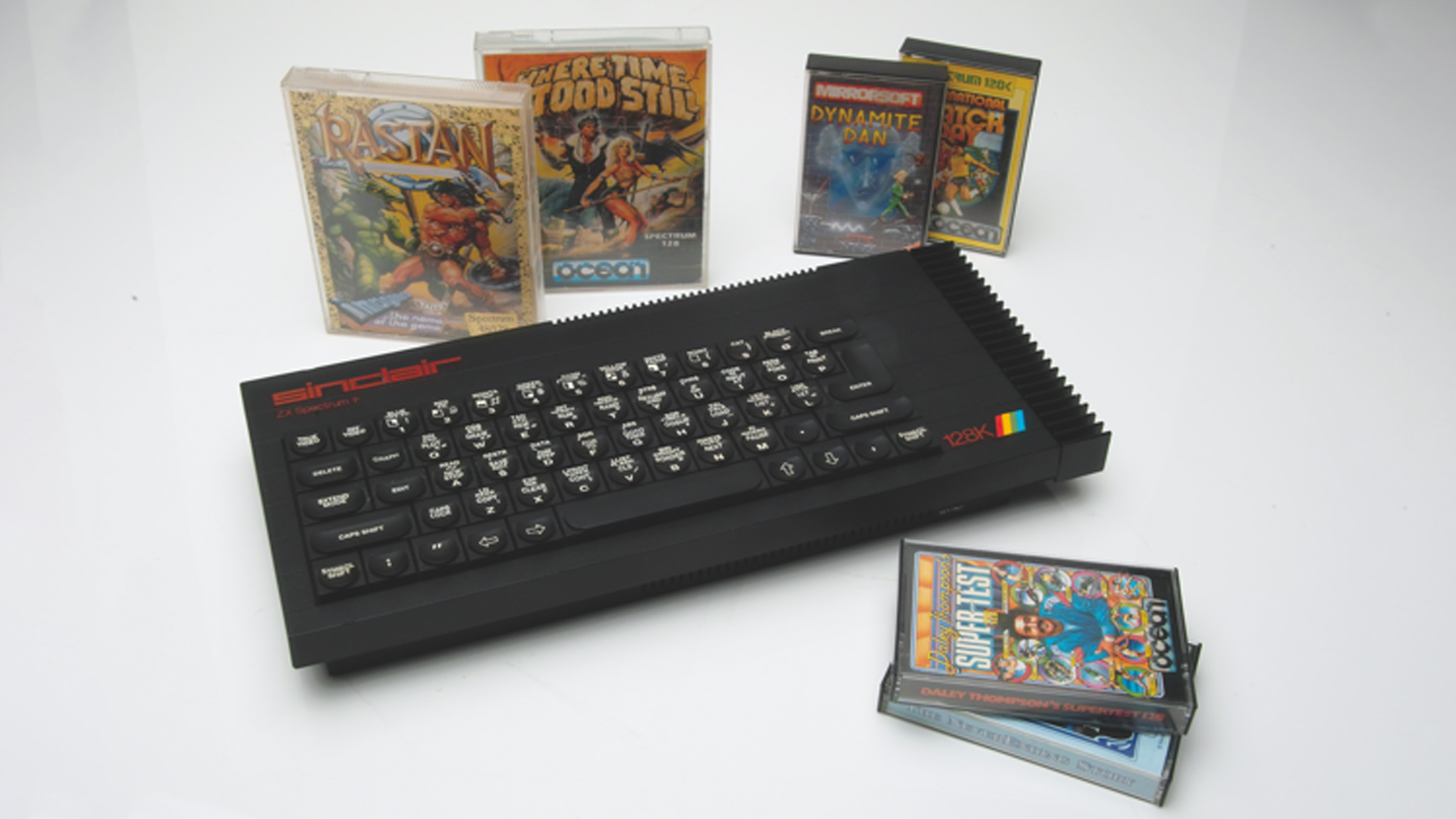
The Spectrum’s bigger brother, the Spectrum 128k, often had to make do with simple 48k ports (albeit with a single load and additional music). Every now and then though a developer would great a game that really took advantage of all the extra power. We’ve rounded up the 10 best Spectrum 128k games.
Knight Tyme

Released: 1986
If you’d just blown the best part of £200 on a 128 then it must have been soothing to see Knight Tyme available for just three English pounds. That’s right, the first game to be developed specially for the 128 (rather than a lukewarm 48K update) was a Mastertronic budget title that showed full-price publishers how it should be done. Following directly on from Spellbound, the third entry in the Magic Knight series shifted the action forward in time to a faraway galaxy filled with weird and wonderful characters and head-flexing puzzles. It was witty and clever and, in all honesty, grossly underpriced. A great in-game tune sealed the deal.
Amaurote
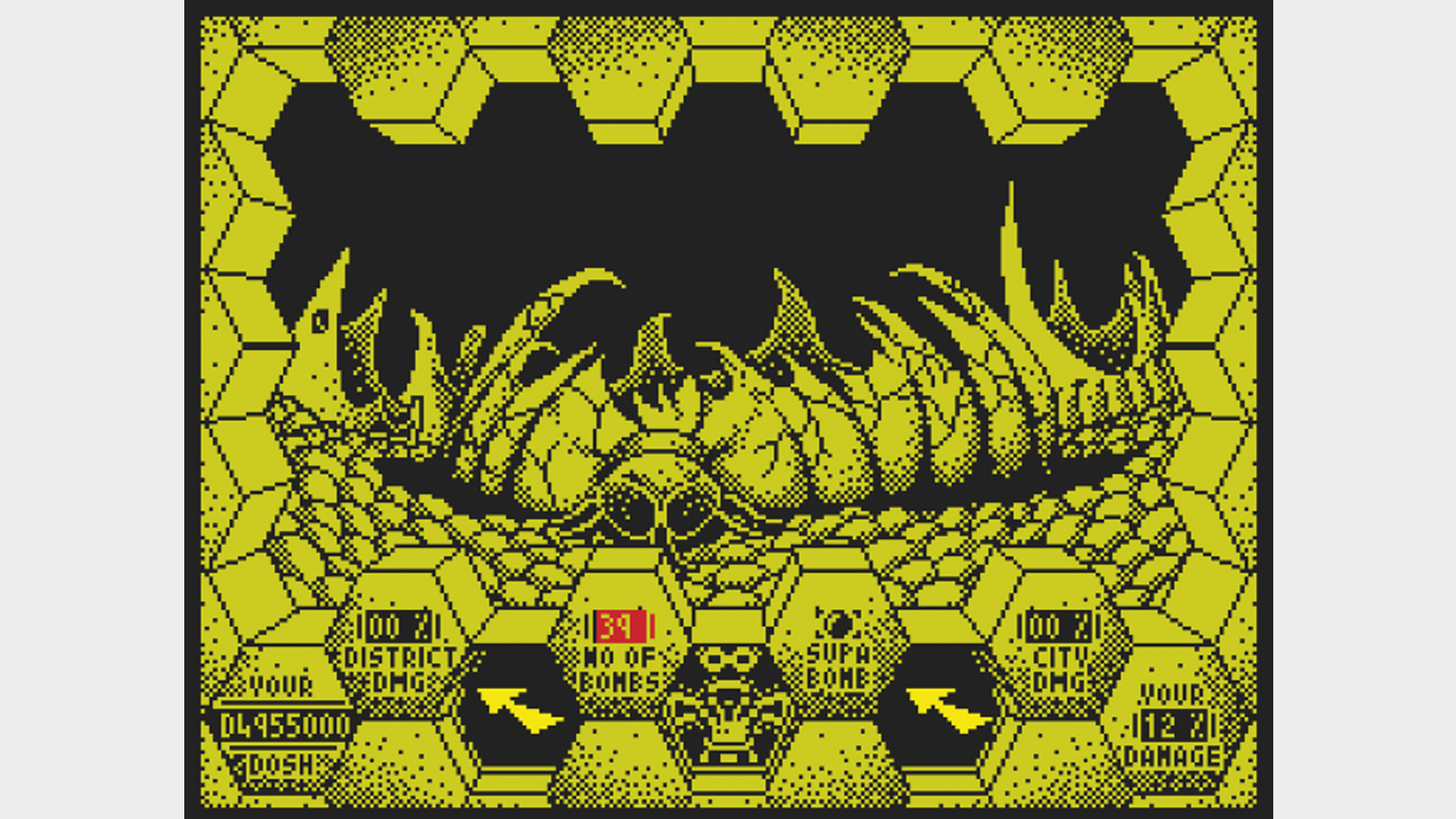
Released: 1987
Along with the Magic Knight games, Amaurote was another budget title that was better than many full-price releases. Playing like an updated version of Ant Attack, you were dropped into a city swarming with oversized insects. But rather than running in the opposite direction, your job was to locate and destroy the insect queen and her workers in all 25 sectors. The presentation on the 128K version was superb, with a quirky in-game tune by David Whittaker and a animated ‘drop’ sequence playing as you move into each sector. Along with Zub, 180 and Feud, it was another slice of budget brilliance from the super Pickford Bros.
Starglider
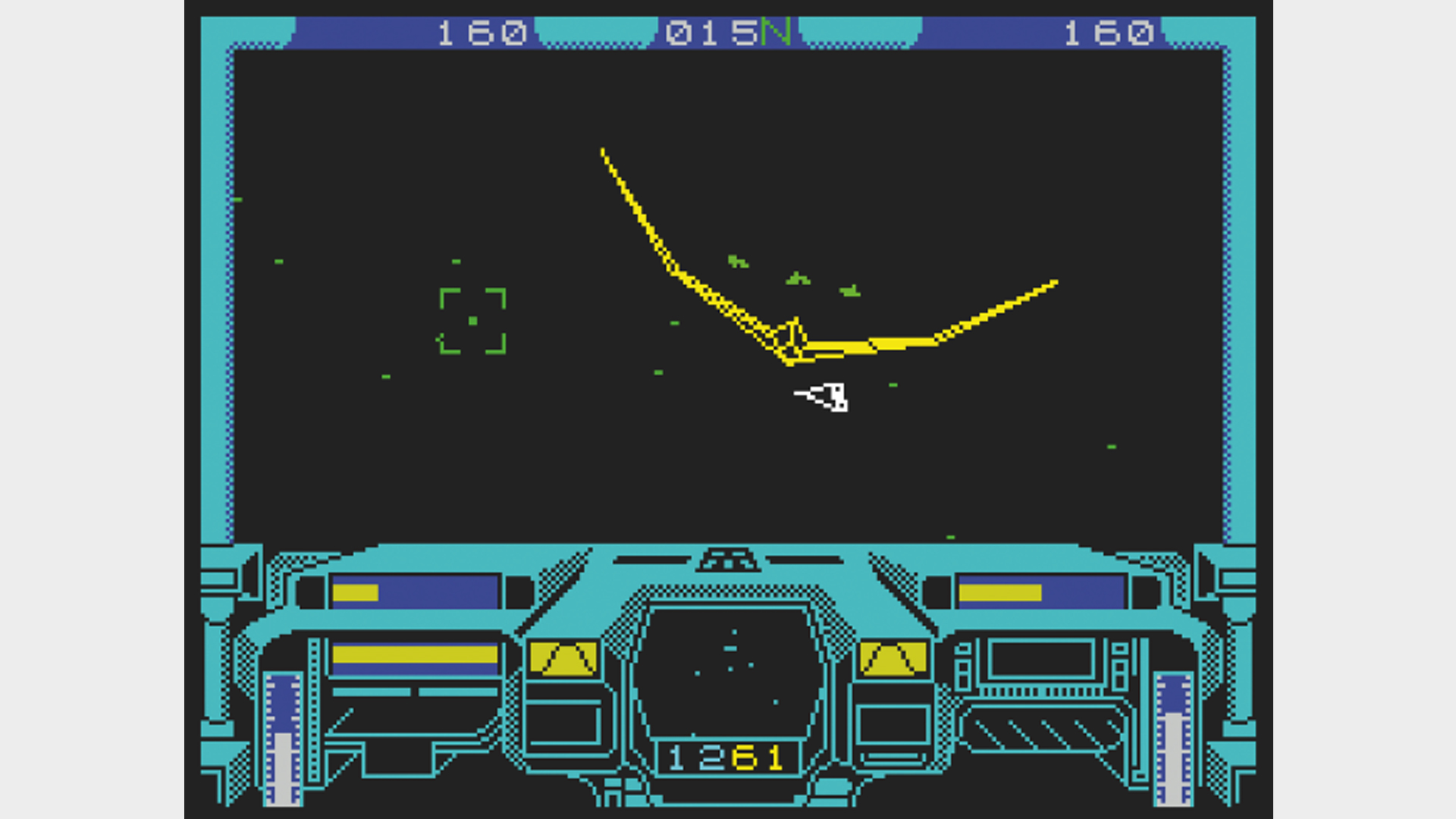
Released: 1985
Vector graphics games always fared well on the Spectrum so there were high hopes for its version of Jez San’s 16-bit classic. Realtime Games handled the coding and the end result surpassed all expectations. The 48K version was great, although there was little to do beyond racking up a high score and progressing to the next level. The enhanced 128K version was the complete package with a number of special missions and touches like in-game speech, a rear-view scanner, and slo-mo replays when you destroy Starglider One. If only other publishers had lavished as much attention on their 128K games.
Sign up to the GamesRadar+ Newsletter
Weekly digests, tales from the communities you love, and more
Renegade
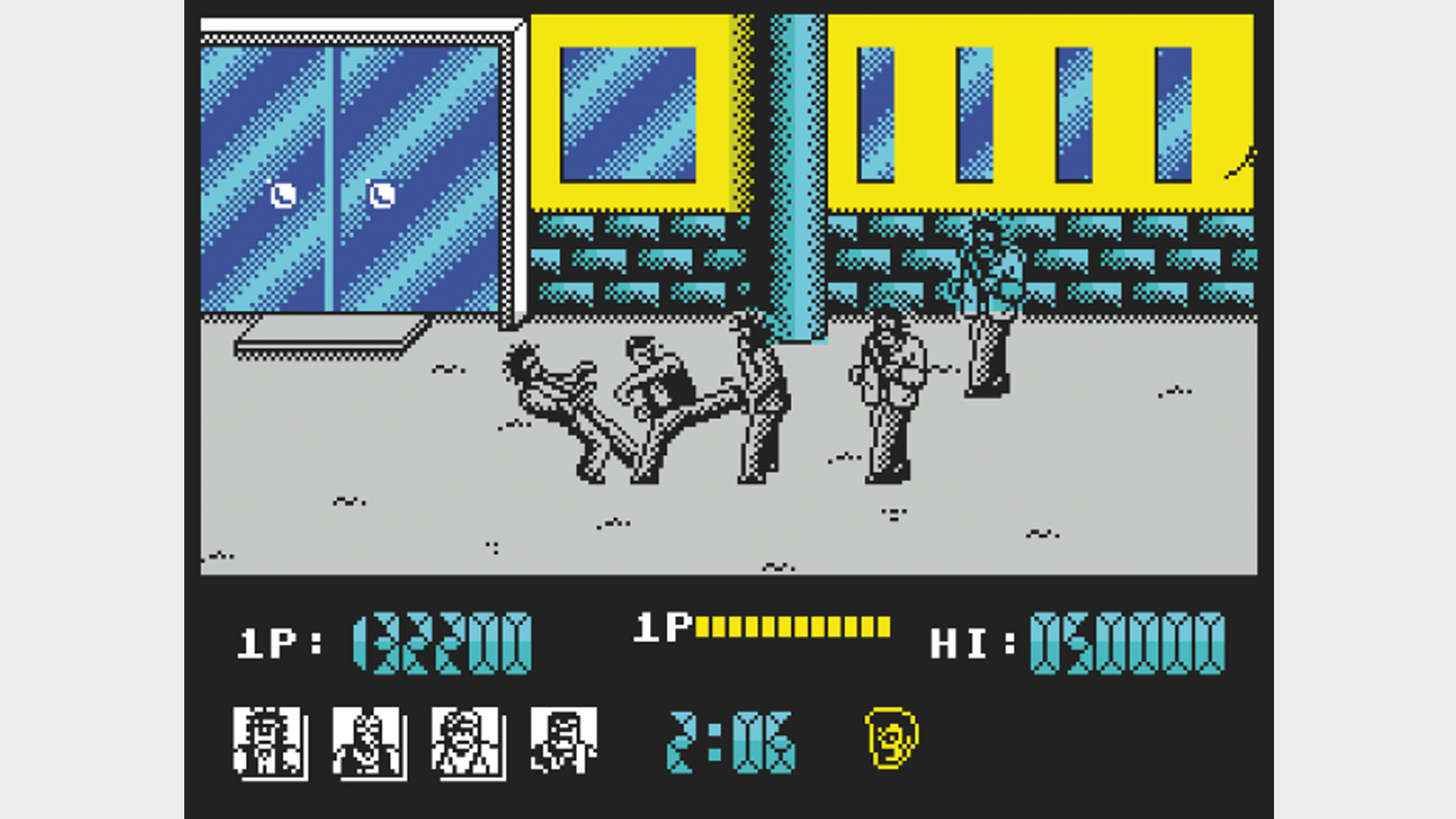
Released: 1987
Was there a better version of this arcade game on any home computer? Doubtful, as Renegade on the Speccy was arguably better than the coin-op. It was more fun on the 128, as it featured a number of elements that had to be cut from the 48K version. There was music throughout (a different tune for each level) and an extra area to brawl in before the final encounter with the boss. More subtle was the useful shoulder-throw move that was unique to the 128 version. The sequel, Target Renegade, was also superb, although from a 128 perspective it didn’t add any additional content beyond AY music.
Taipan
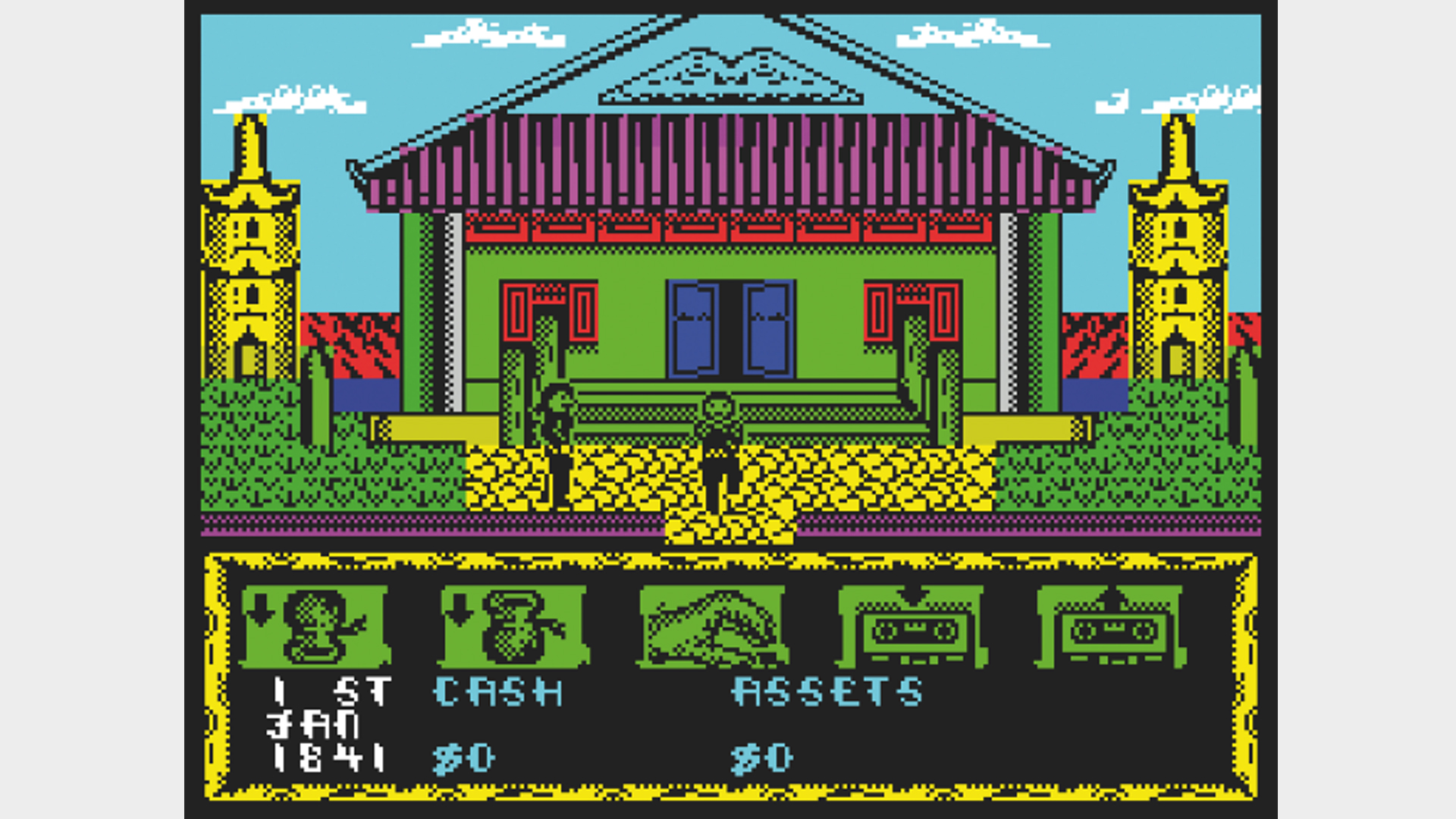
Released: 1987
In the Eighties, Ocean liked to exploit pretty much everything and the 128 was no exception. It was responsible for the two titles bundled with the machine and was quick to create 128K versions of all its new games. Later on it was also the first major publisher to drop support for the 48K altogether. Tai Pan was the first game it developed from the ground up for the 128 (a 48K version was also available but it was a stripped down multi-load affair). Based on the book by James Clavell, this heady mix of arcade, adventure and strategy elements upon China’s high seas was the first 128K mega game.
Where Time Stood Still
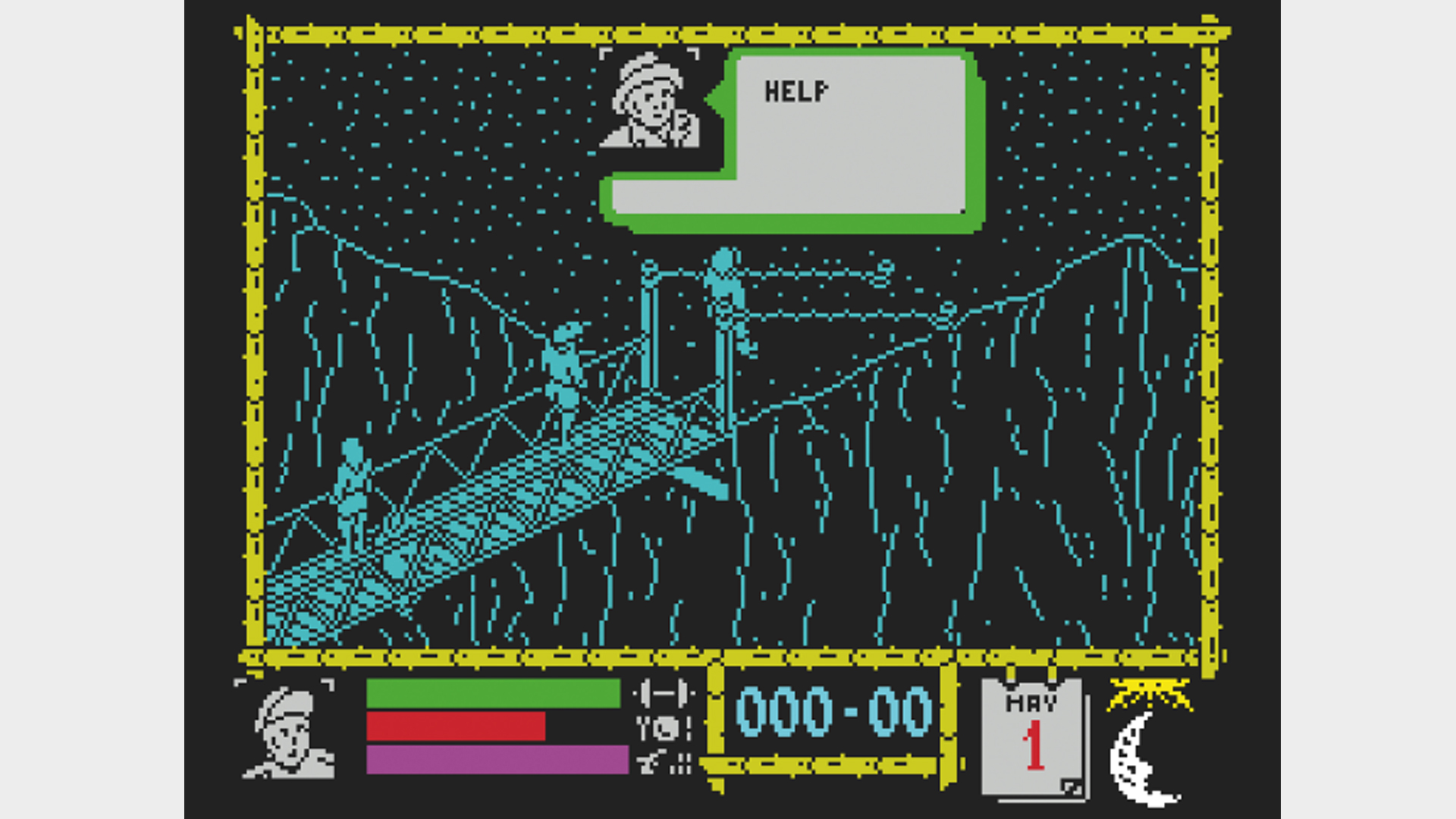
Released: 1988
This was what 128 owners had been waiting for – a sprawling arcade adventure that was too big to cram into 48K. Inspired by Seventies movie The Land That Time Forgot, it time-warped you to a hostile world where everything wanted to eat you and your party. There were obstacles to overcome and puzzles to solve, but the emphasis was on exploring. Some set pieces, such as the swamp crossing, must rank among the Speccy’s finest moments. With WTSS, Denton Designs built on the foundations laid in The Great Escape and created a gripping adventure.
Carrier Command
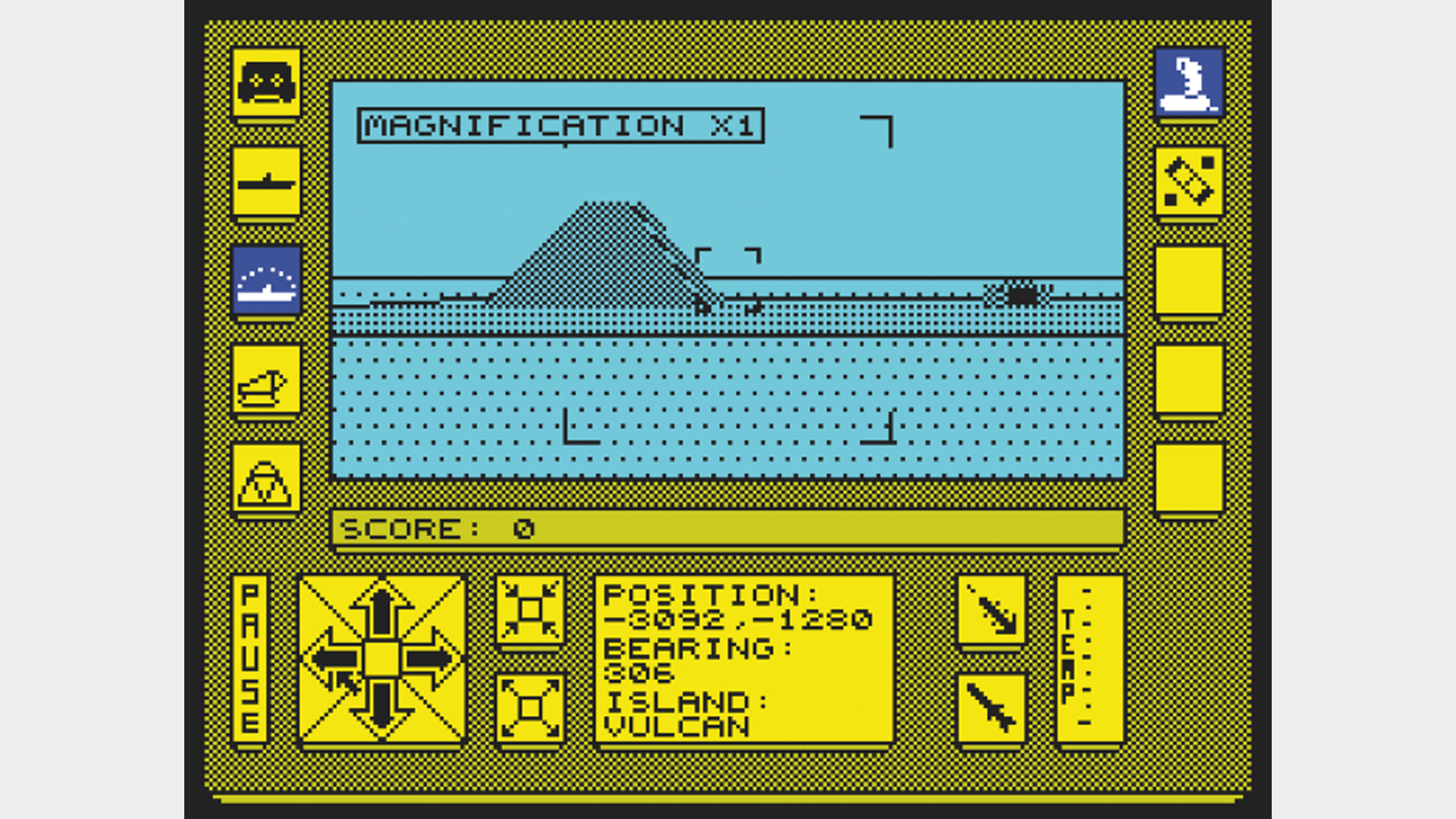
Released: 1989
With Starglider, Realtime showed it could take a complex 16-bit game and port it to the Speccy, particularly when there was 128K to play with. It delivered the goods again with this brilliant conversion that re-created the multi-faceted gameplay of the original. The graphics engine was particularly impressive, especially when you consider that the C64 version dropped the 3D viewpoint completely, in favour of a top-down 2D approach. This conversion spent two years in the making but it was well worth the wait. The sequel, Battle Command, is also recommended.
Midnight Resistance
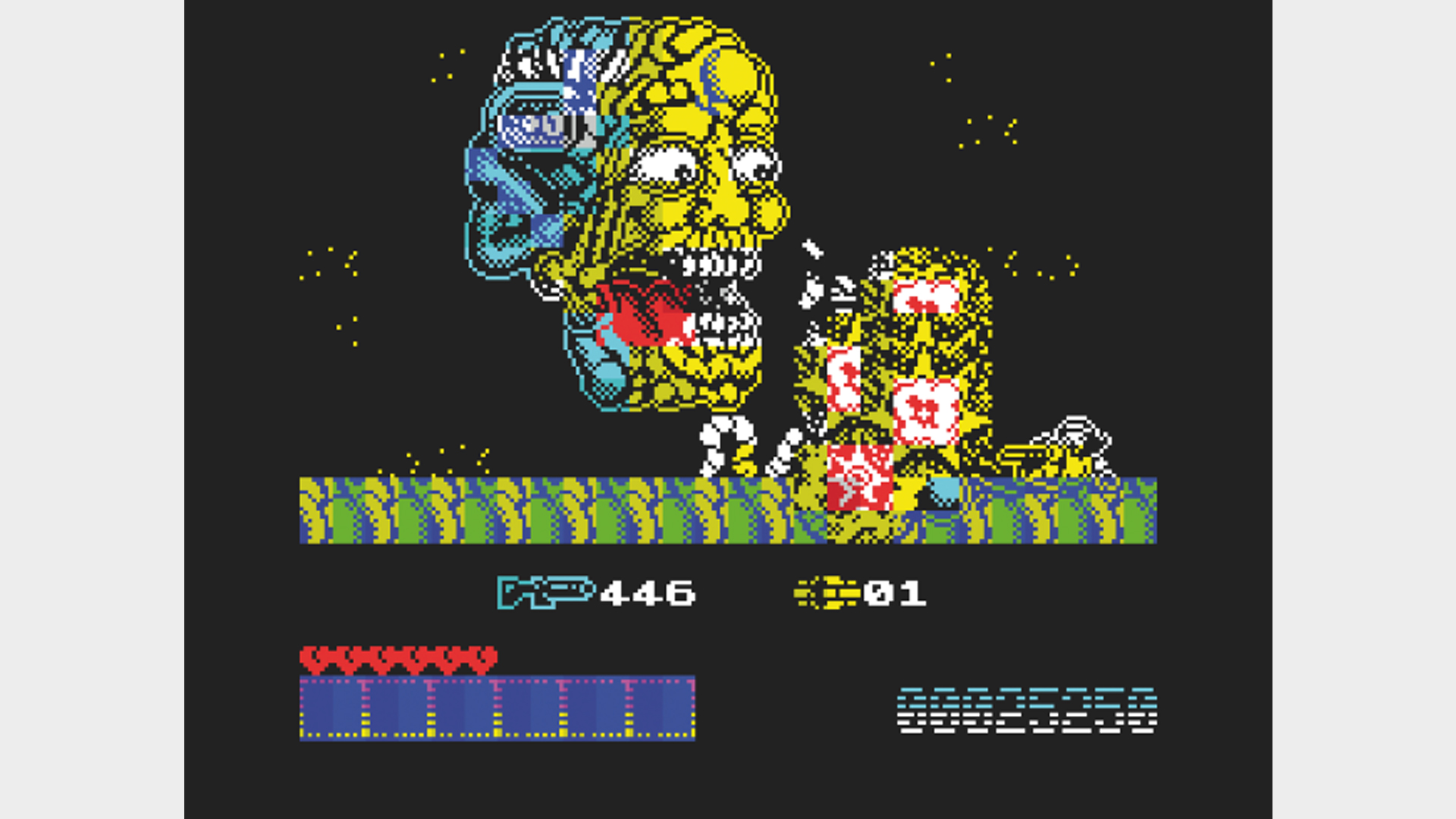
Released: 1990
Color clash was the bane of every Spectrum programmer, and in later years many sidestepped the problem by opting for a dull monochrome display. Thank God then for games like Midnight Resistance. Special effects went mad, splashing Speccy color all over the place. This glorious graphical style really suited the run-‘n’-gun format. The game would run on the 48K, but the only way to play it was on a 128 with all nine levels loading in one go and the excellent AY soundtrack complementing the on-screen carnage. The only thing missing was co-op play.
Price of Magik
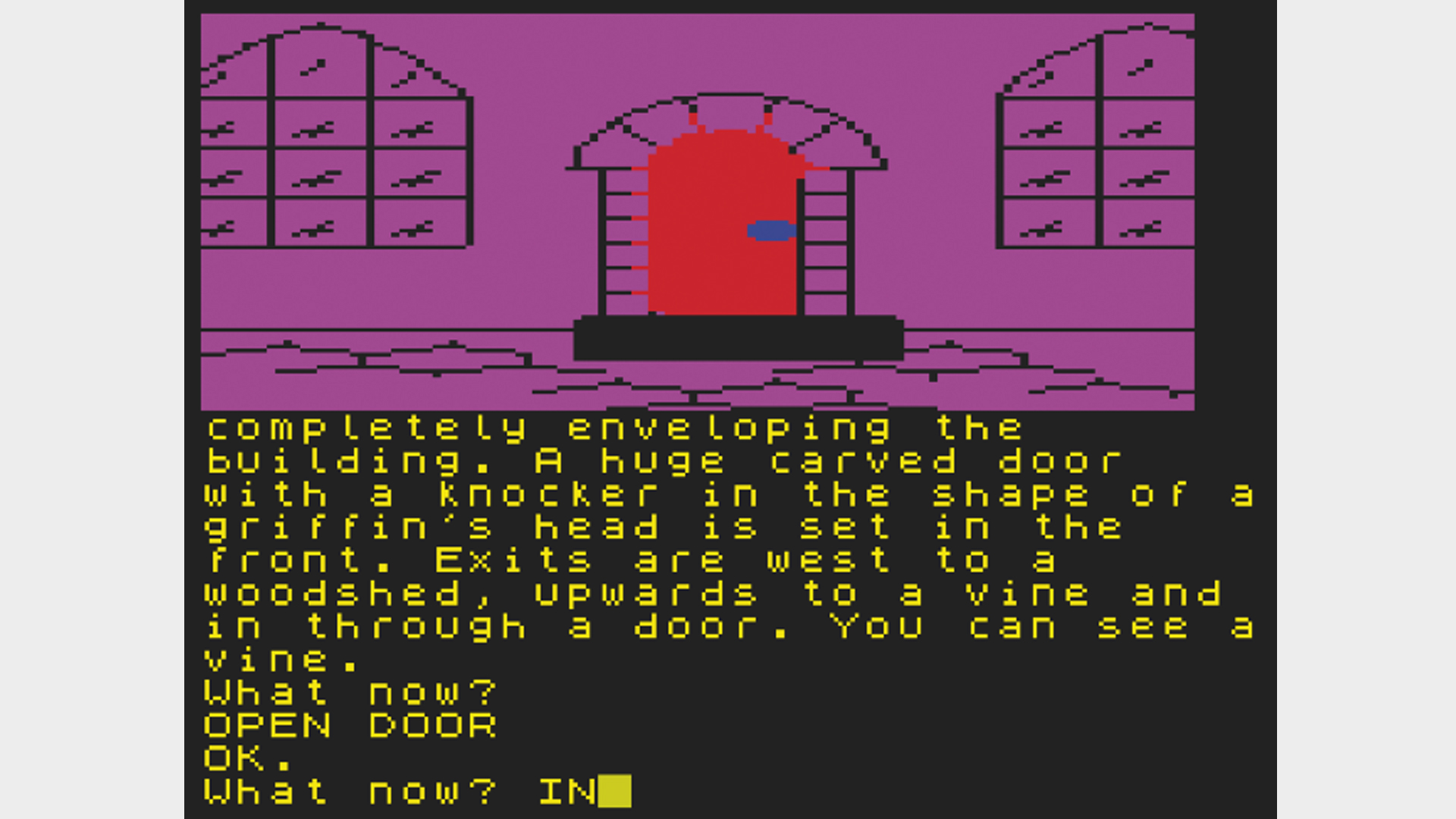
Released: 1986
Having spent a number of years cramming text adventures into the Spectrum’s 48K RAM, Level 9 made the jump to the bigger memory Speccy without any hesitation. Price of Magik – the third and final part of the Time and Magik trilogy – was the first to offer an enhanced 128K version. It featured the same location graphics as the 48K version, but the text descriptions were longer and loaded with extra detail, making for a much more involving adventure. Overall, Price of Magik was one of the best games to come from developer Level 9, with a cracking Lovecraft-inspired storyline, tough but fair puzzles, non-linear progression and an intelligent parser. For us it just pipped The Pawn.
La Abadia Del Crimen
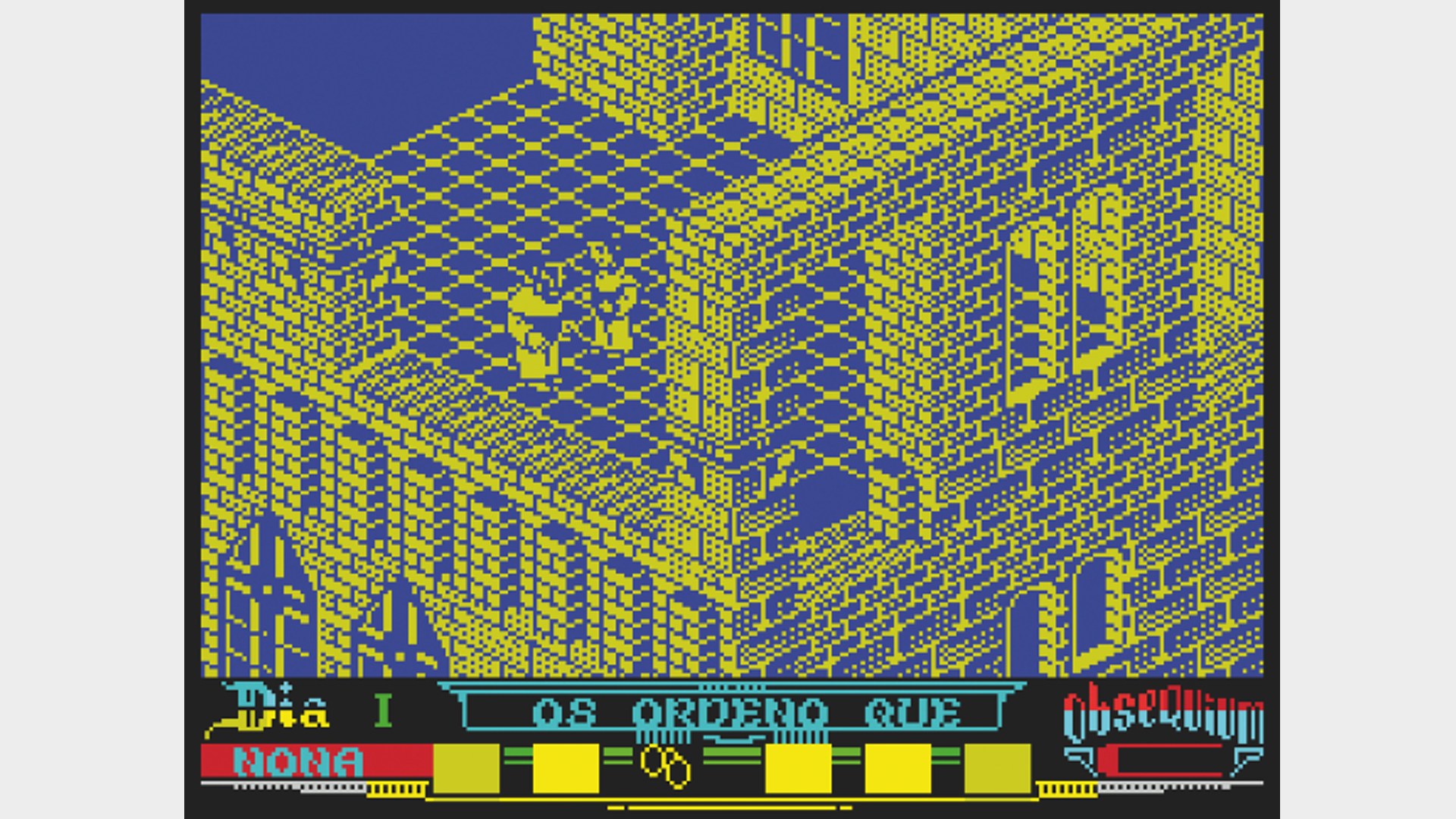
Released: 1988
The Spectrum was popular in many European countries, particularly Spain, where home-grown software was developed to supplement titles exported from the UK. Opera Soft was one of the most successful Spanish developers and this classy 128K-only title helped cement its reputation at home and abroad. La Abadia Del Crimen (The Abbey Of Crime) was unofficially based on Umberto Eco’s novel The Name Of The Rose, and put you in control of a Franciscan monk trying to solve a series of murders in a brilliantly depicted monastery. The game was not released outside its home country so the text is in Spanish, but don’t let that put you off. This really is a game to discover.
Retro Gamer is the world's biggest - and longest-running - magazine dedicated to classic games, from ZX Spectrum, to NES and PlayStation. Relaunched in 2005, Retro Gamer has become respected within the industry as the authoritative word on classic gaming, thanks to its passionate and knowledgeable writers, with in-depth interviews of numerous acclaimed veterans, including Shigeru Miyamoto, Yu Suzuki, Peter Molyneux and Trip Hawkins.
